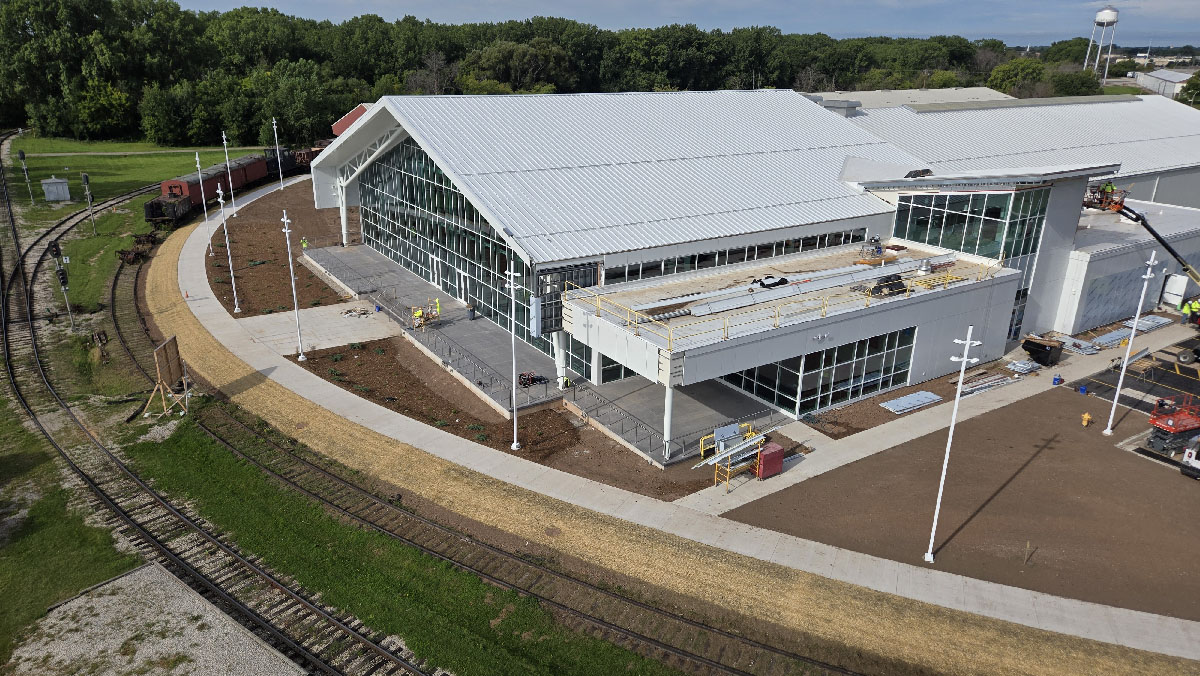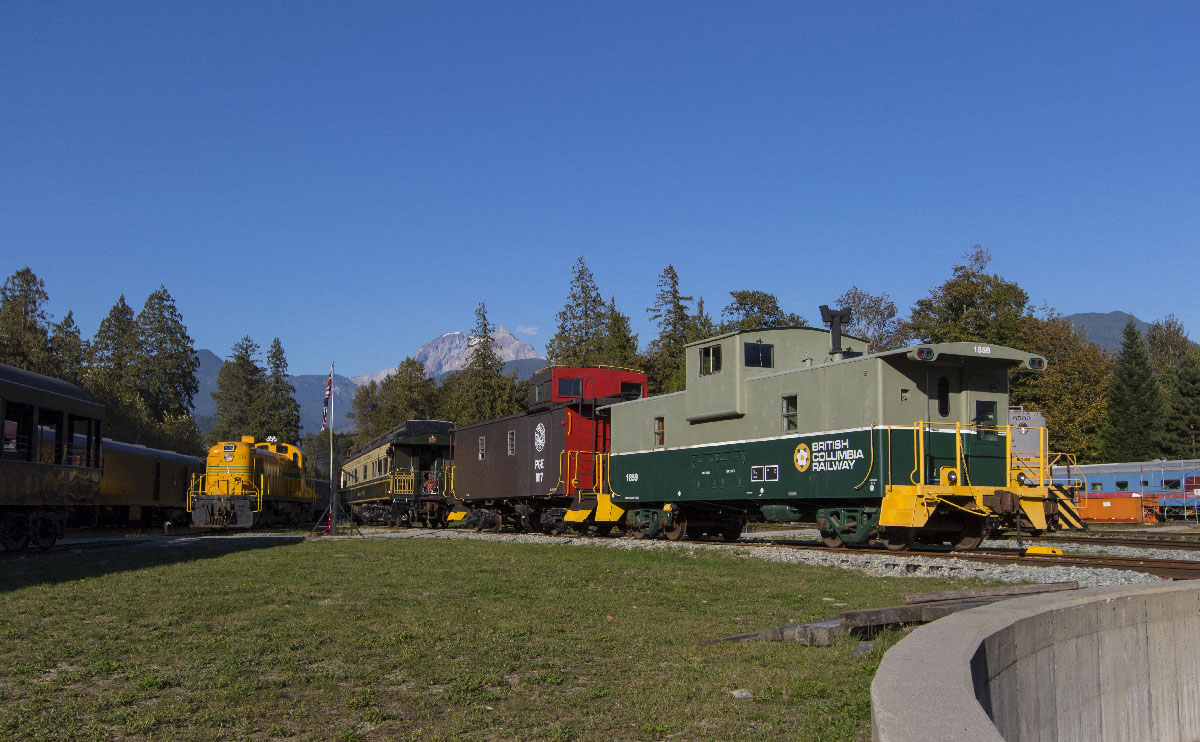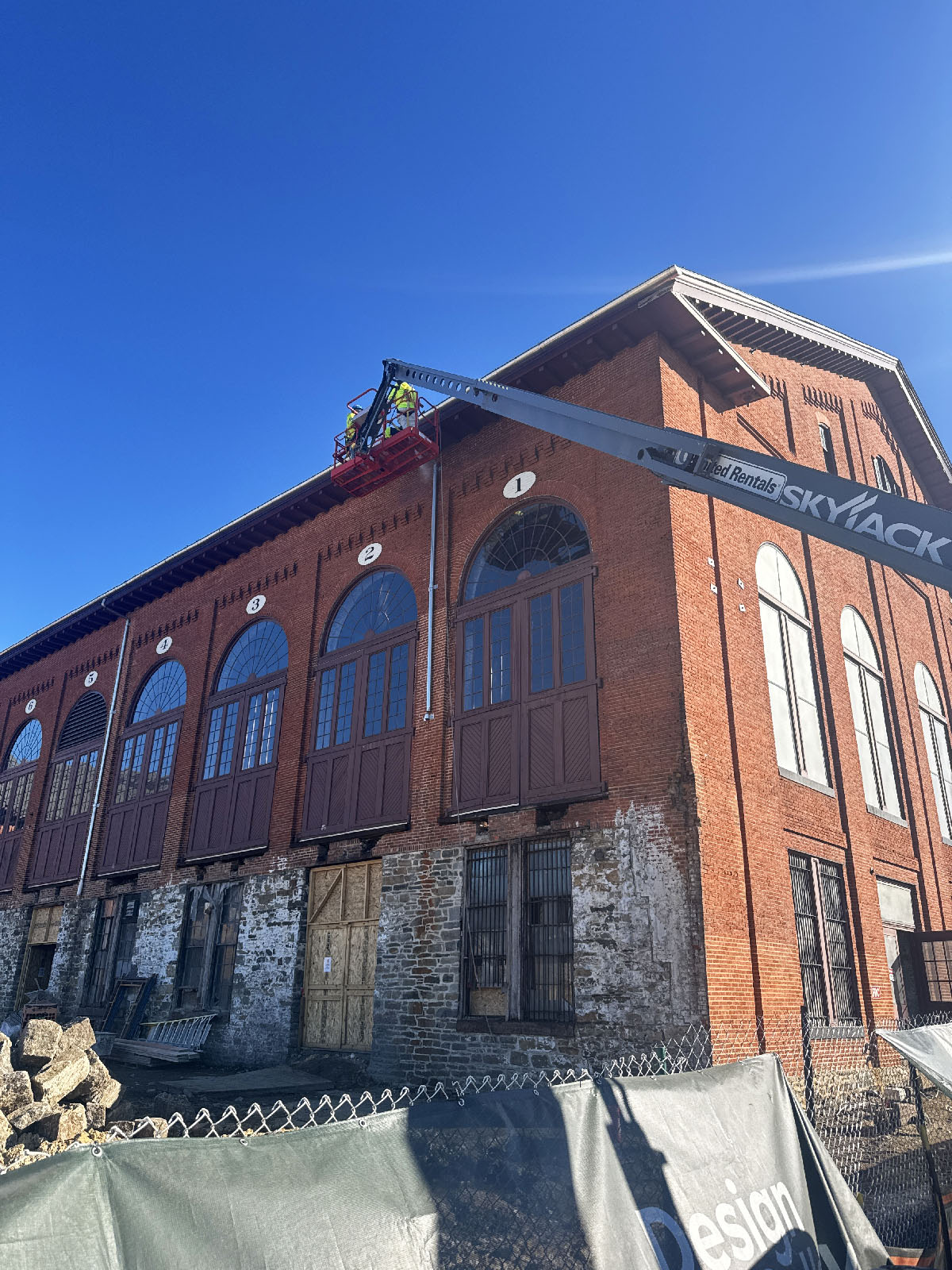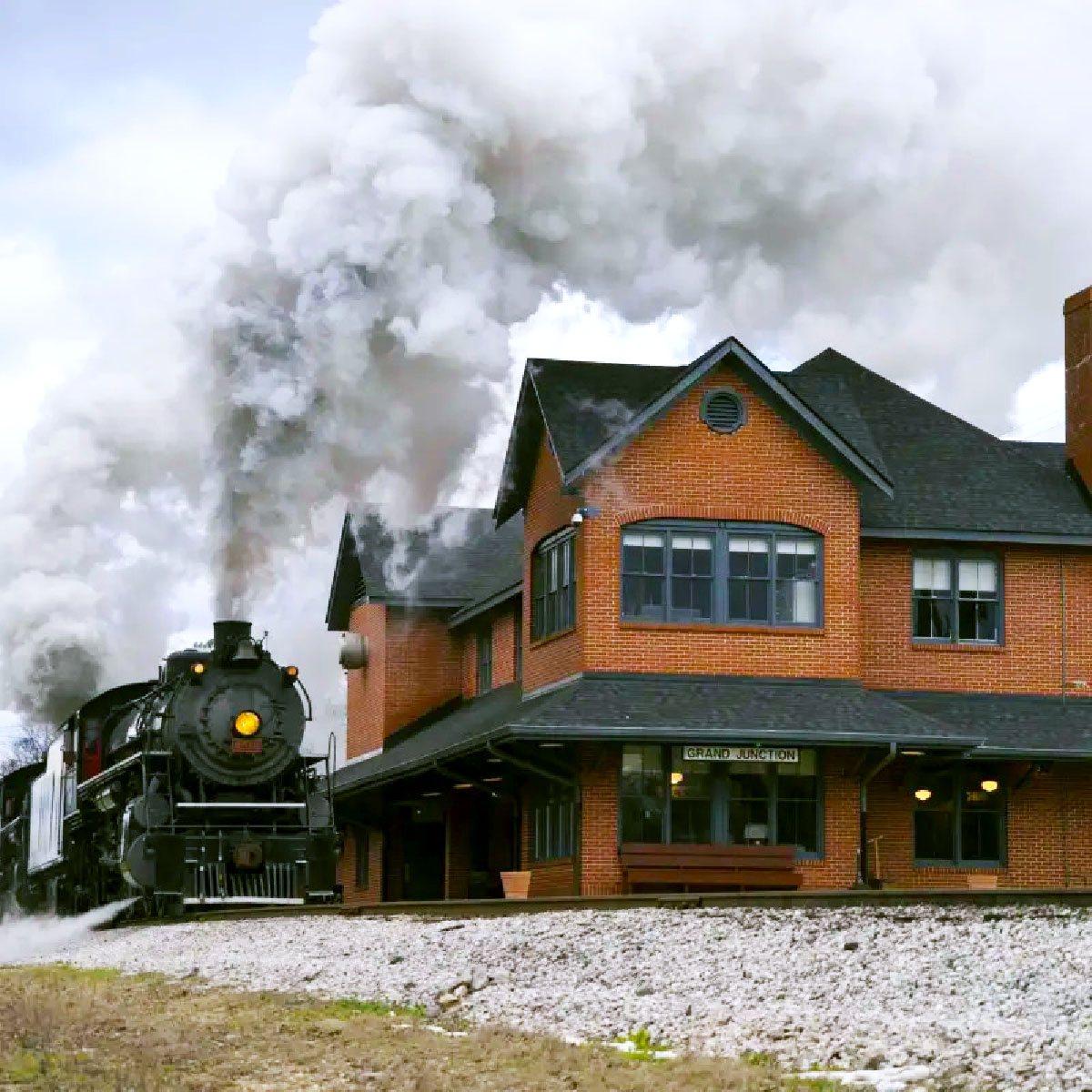When seeking the cause of a train wreck, investigators sketch out relevant details, such as the starting and ending points of a derailment, the relative position of derailed and standing cars and locomotives, and the surrounding terrain. As a railroad surveyor with Farnsworth Group’s Railroad Services, I provide drawings and descriptions of wrecks, like the examples below. This drawing from my collection shows that railroads have been sketching wrecks similarly since at least 1889, albeit some with a much more artistic hand than others.
A westbound Santa Fe manifest freight train (Colorado to Arizona) en route to Albuquerque was set to enter the automatic block passing siding at Gise, N.M., to clear for a fast freight 883 train heading east on the old Atchison, Topeka, Santa Fe Northern Transcon original route over Raton Pass. The train crew lined the switch for the 804 train to take the siding and got back on the locomotives leaving the rear end to line the switch behind them. The flange of the leading wheel of the lead engine was sharp to the touch, though, and struck the switch point, crushing it and enabling the locomotives behind to “pick the switch” and derail, also derailing several trailing freight cars. The derailment damaged most of the trackwork in the turnout beyond repair and more importantly destroyed a very expensive frog, which instantly made the derailment “FRA Reportable.” Investigators argued considerably on this derailment about train handling, switch adjustment, and mechanical/wheel condition being the cause, compounded by a spring switch. The drawing was used as a visual aide in the subsequent derailment investigation.
A westbound Santa Fe manifest freight train that also worked as the local roadswitcher (La Junta-Raton-Albuquerque-Winslow) encountered a broken rail at a private road crossing in the middle of the siding at Levy, N.M. The train had cleared the main track to allow a late Amtrak No. 3 to pass it. Fully two thirds of the train had passed over the rail before it broke under BCOL 17775, a bulkhead flatcar full of lumber. The rail broke just ahead of the distributed power locomotives that followed the lumber car. The airline brake hoses never failed, though, so the obedient slave locomotives plowed on ahead. The broken rail punctured the fuel tank of Santa Fe SD40 No. 5015 as it went by. The friction of the metal on metal derailment set some of the fuel on fire and set the rest of the fuel in the tank to boiling. The hot locomotive caught fire and consequently set the lumber car on fire as the train came to rest. The fire destroyed No. 5015 and gutted the cab and engine compartment. The locomotive bell, mounted ahead and above the fuel tank, melted in the fire. The fire caused this to be an FRA reportable accident. Track damage and damage to rolling stock would have otherwise been minimal and below the threshold FRA reportable level, which was $6,380 at the time. (Now it’s $1 million.)
In this derailment, an improperly loaded car full of scrap in a manifest freight train caused bedlam on the north side of Colorado Springs, Colo. This was a southbound BN train with a Santa Fe crew, dispatched by Denver & Rio Grande Western. By joint line agreement, this train was technically Santa Fe’s responsibility when things went wrong. The scrap steel car (Gondola Chicago, Burlington & Quincy 189892) was grossly overloaded on one end of the car. The truck springs underneath the car apparently failed and caused the truck assembly under the car to blow apart, at which point the car dug a hole in the earth. The survey crew had to go through the site to find remains of the car buried under others. Cars behind the gondola in the train were found to have passed over the “buried” car. One of those cars was full of beer in kegs that ruptured due to impact. Scale readouts from the BN yard in Denver confirmed that all the weight in the car was on the “B” end of the car and for some reason was not flagged for adjusting the load in the car for movement. The car, headed to Colorado Fuel & Iron in Pueblo, should not have left Denver. The thinking at the time was that slack running in on the train near a switch was the trigger for the truck failure (broken springs were recovered at the site). The derailed cars also collided with empty Utility Fuels coal hoppers stored on the adjacent former Rock Island siding operated by designated operator Cadillac & Lake City Railroad (now property of Union Pacific), destroying several cars in the process. Santa Fe Geometry Car 85 had just made a run northbound on the same track only hours before with no critical defects shown in this area. This sketch was used to locate the culprit car and tie data from the locomotive event recorder (PulseTape) and the Geometry Car 85 printouts in the examination of the derailment. The claims department and the four railroads involved (ATSF, BN, DRGW & Cadillac & Lake City) also used this drawing in their post-derailment meetings.
The aftermath of train vs. tornado shows the railcars and trailers where they fell. The cause of this derailment was simple (Mother Nature on a rampage), but the costs and the related damages (derailment contractor Hulcher et al destroyed farms fields and fences as they are want to do) were not as obvious until illustrated in this way. The sketch was used in upper management meetings/ debriefings to explain the casualties and related financial losses. A picture is worth a thousand words, thus the accident sketch. In this case, management had the forethought to locate all the derailed rolling stock and related items before rerailing and clean-up began, just in case further investigation required it — which it did.













